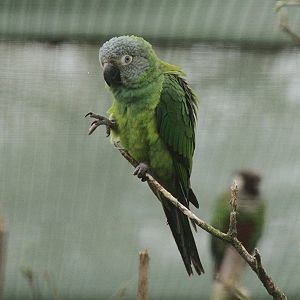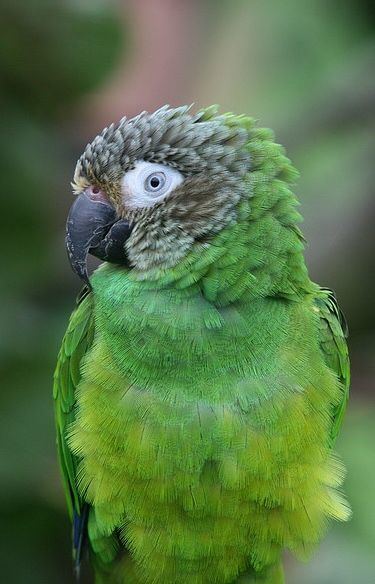Tribe Arini Higher classification Aratinga Order Parrot | Superfamily Psittacoidea Subfamily Arinae Genus Aratinga Phylum Chordata Rank Species | |
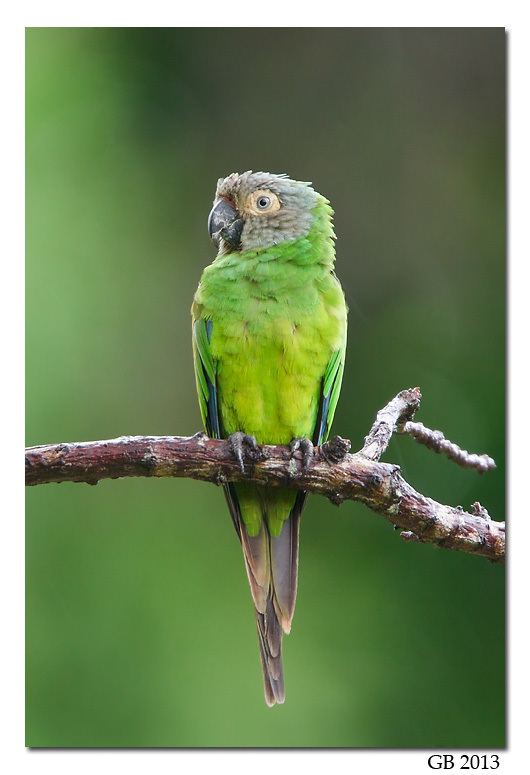 | ||
Similar Bird, Parrot, Aratinga, Red‑masked parakeet, Mitred parakeet | ||
The dusky-headed parakeet (Aratinga weddellii), also known as Weddell's conure or dusky-headed conure in aviculture, is a small green Neotropical parrot with dusty grey head found in wooded habitats in the western Amazon basin of South America. It prefers semi-open habitats such as várzea, forest edge, and forest remnants, but can also be found in coffee plantations. It is generally common and its habitat preference makes it less vulnerable than many other Amazonian species. Consequently, it is considered to be of least concern by BirdLife International and IUCN.
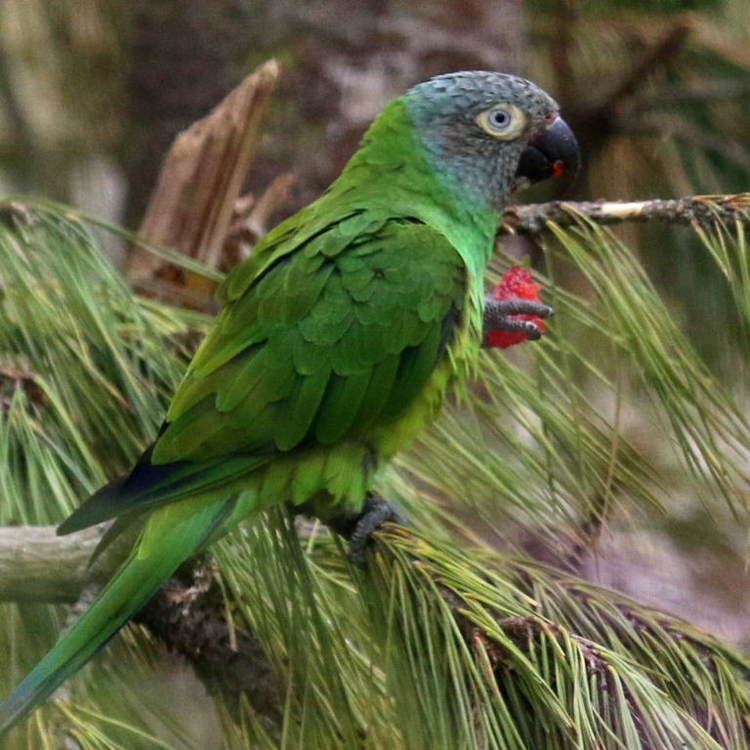
This long-tailed species is generally green in color (both lutino and blue mutations are rare, but do exist in captivity) with a gray-brown head, a blue-tipped tail, and remiges that are dark gray from below, mainly blue from above. The bill is black, and it has a broad bare white (sometimes yellow-tinged) eye-ring. With an average length of 25–28 cm (10–11 in) and a weight of about 100 grams, it is slightly smaller than the sun conure.
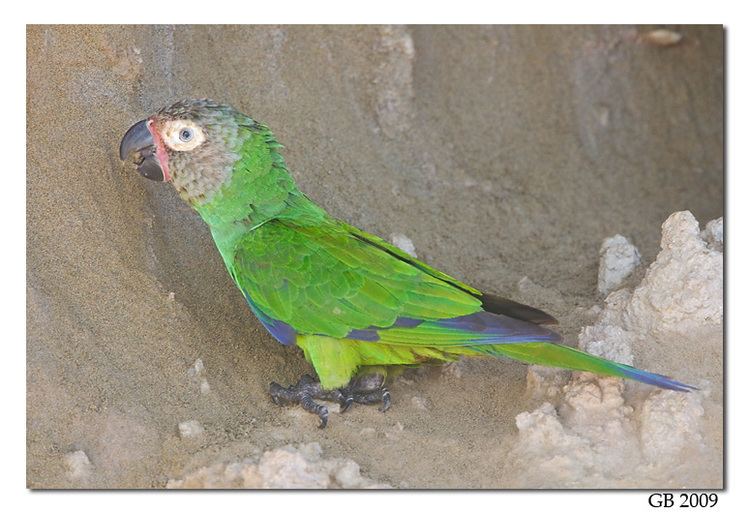
It is social, and usually found in pairs or small groups. When food is plentiful, it may form flocks of up to 100 members. It eats fruit, seeds, and flowers, and will search decaying wood for insect larvae. It also ingests mineral-rich soil, e.g., from a clay lick, as a supplement. The pair raise their offspring together, nesting in woodpecker holes in trees or arboreal termite nests.
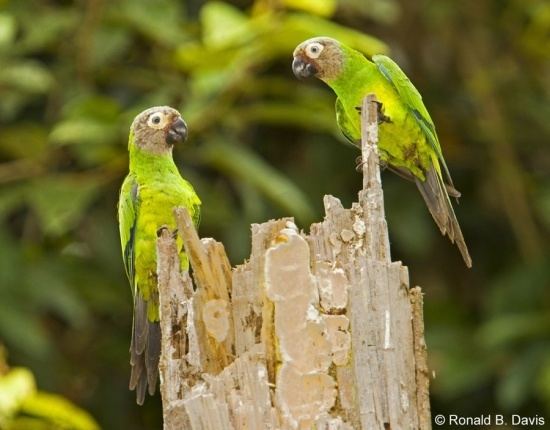
They do well in captivity. They are fairly easy to breed if provided with a durable nest box, and will lay up to three clutches per year. They are known to be quiet, compared to other conure species, but still very energetic and clownish, like most conures.
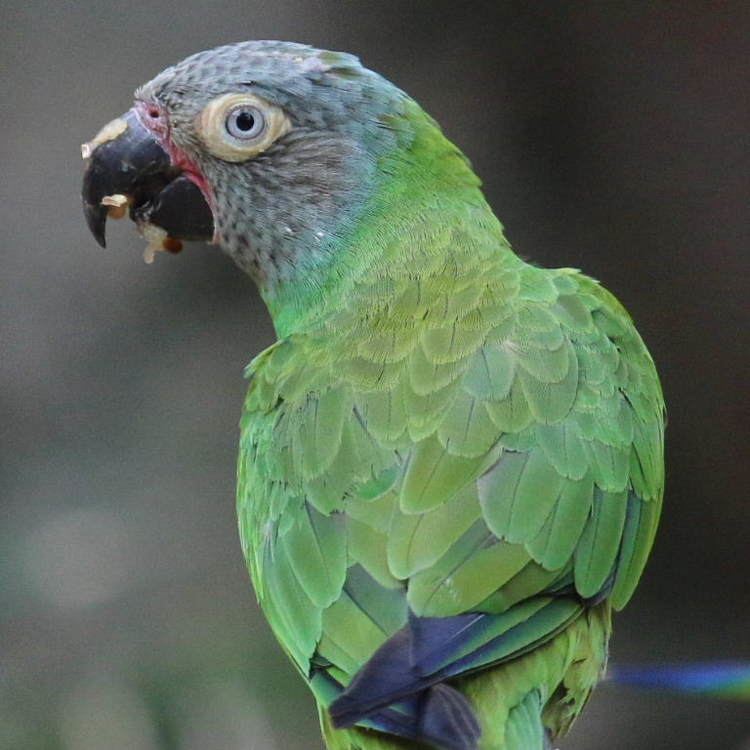
Recently they have been sighted as a colony in coastal districts of Lima, Perú. Probably came as a pet and have settled in this city.

